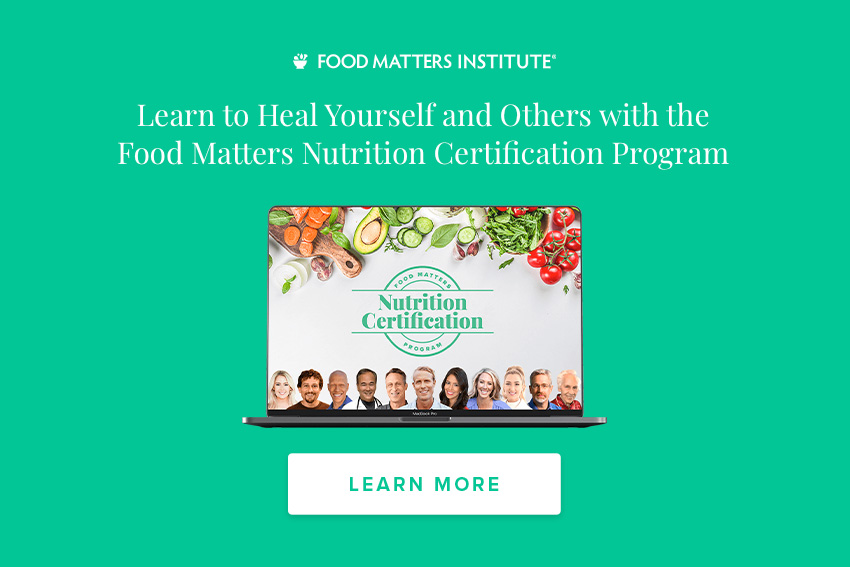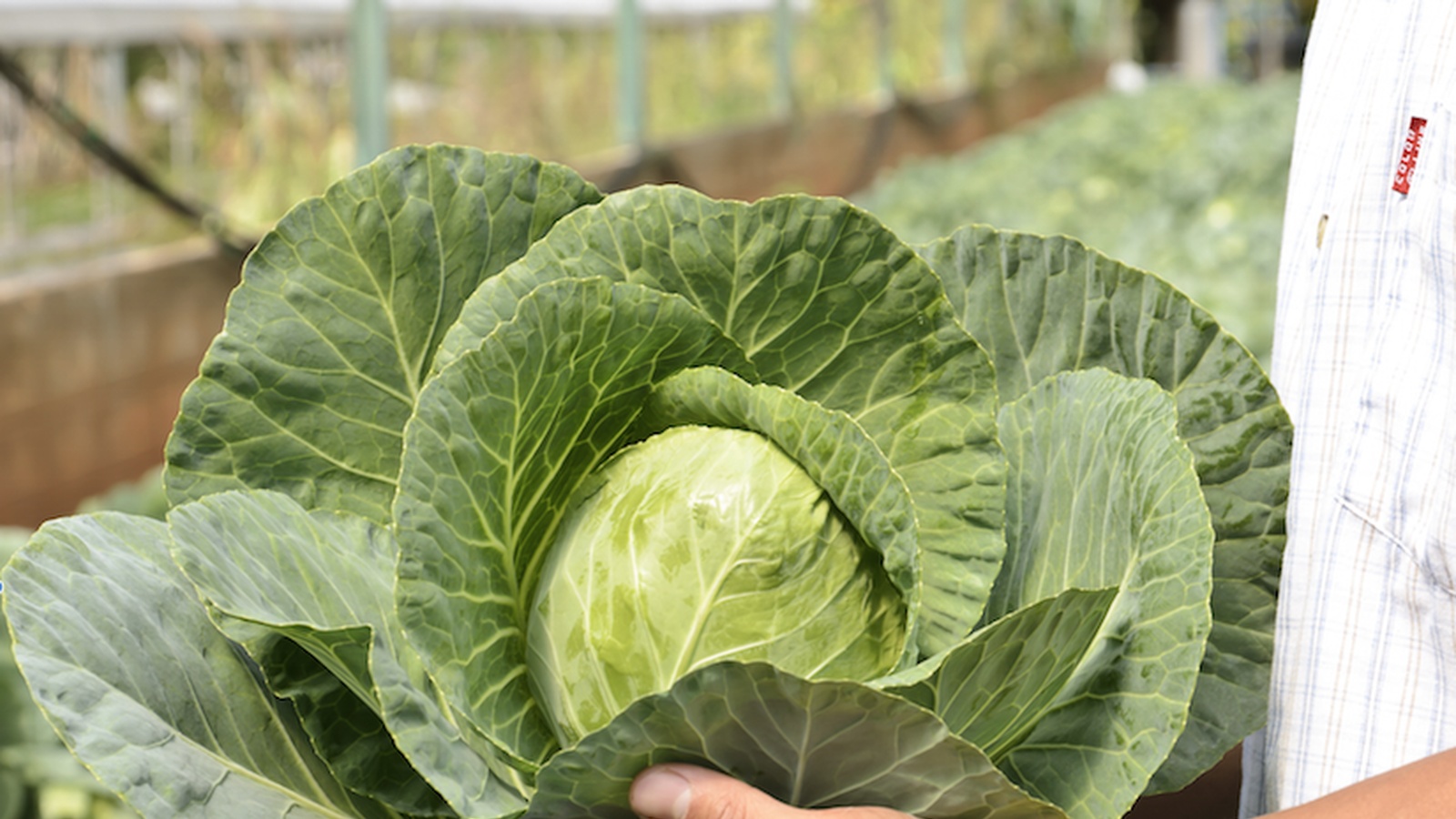Maximize The Nutrient Content Of Your Food!
Now we all know the benefits of eating lots of fruits and vegetables. We all know we should consume more of fresh fruits, fresh greens, salads, steamed and grilled vegetables. That we should use vegetables and vegetable-based dishes as snacks, and learn how to sneak more vegetables into our daily menu. Sometimes it seems overwhelming though! How much plants should we eat daily to get all the nutrients our body needs?! We don’t have that much time to sit and chew all that food, let alone shop, store, and prepare it all!
We all, of course, do our best to make sure we consume our plants for better health daily. We care about our health, we care about the health of our loved ones.
But did you know that with all this effort you put into cooking good quality meals and consuming your daily portions of fruits, vegetables and other plants you might be wasting up to 90% of your efforts!
How do you get the most nutrients out of your food? If you don’t know how to choose the best, most nutritious produce, how to store it and prepare properly, you might be wasting some of your efforts and time!
Read on to find out how to get the maximum out of the plants you eat! Vitamins and minerals be wasted no more!
Green And Salads
- Choose the most colorful greens for your salads and other dishes. Red, purple, brown-red, dark green are amazing choices. Forget your Iceberg lettuce! It’s almost empty when it comes to nutrients! Go for dark green, super-nutritious varieties: arugula, radicchio, endive, spinach and others. The fresher – the better. Whole leaves are always fresher than cut mixed greens in the bags.
- To keep your greens fresher and more nutritious for longer: steep them in cold water for 10 minutes or so, dry well, store in the fridge crisper drawer in perforated sealed bags ( or simply seal a plastic bag with your greens and make 10-20 tiny holes with a fork).
- Never eat your salads without some good quality fat like olive oil or avocados. Some vitamins are fat-soluble ONLY and won’t be absorbed by your body, unless you consume some fat along with them. Use unfiltered extra virgin olive oil for maximum nutrition, antioxidant content.
Garlic And Onions
- Garlic is rich in nutrients and has numerous health benefits. To get most out of it - mince the garlic, press it and let it sit for about 10 minutes before exposing it to the heat. If you don’t do that and expose garlic to the heat, you’ll lose close to 100% of its health and nutrition value.
- The stronger your onions taste – the better they are for you. Sweet onions have little nutrition value and might have as much sugar as apples! The smaller the onions are - the most nutrients they have. Shallots are more nutritious.
- Scallions are the most nutritious of all onions. If you can find them – eat them! Cooking your onions (except boiling) increases their nutrition value. Boiling reduces nutrition profile of most vegetables, because water-soluble vitamins and minerals leak in the water and stay there.
- Unless you plan to consume the water – avoid boiling your veggies! Steam them, grill them, stir-fry.
Our Beloved Potatoes
- Choose the most colorful for the most nutrition: blue, purple, red.
- Eat the skin – it has the most antioxidants and slows the digestion of starch giving potato lower glycemic value. Store new potatoes in the fridge for a couple of weeks. Old potatoes go to your basement with enough ventilation where they can be stored for a few months.
- To reduce the glycemic index of potato: eat your potatoes with some good quality fat, chill them for 24 hours after cooking, flavor with vinegar. Sweet potatoes are better for you than regular potatoes as they have more antioxidants and typically a lower glycemic index.
Carrots
- Get the most out of carrots: choose whole fresh carrots (better with the tops – they are the freshest), cooked carrots are more nutritious. Cook carrots whole and cut them after cooking to save the most nutrients. Eat your carrots with some kind of fat to absorb the most nutrients. Purple and deep orange carrots are the most nutritious.
Eat The Whole Beet
- Beet tops are just as nutritious as the roots: juice them, steam them, and put them in your salads.
- Red beet juice even improves athletic performance. You’ll be able to exercise for longer without as much fatigue. Store the leaves and roots separately. Store roots like potatoes and leaves like your lettuces.
- To get the most nutrition from your beets roast them or steam them.

Tomatoes
- Deep red tomatoes have more nutrients than green, yellow or gold. Go for red tomatoes for nutrition, and green, yellow and gold for different tastes. As a rule, the smaller the tomato, the higher its sugar and lycopene content.
- The heat involved in cooking increases the bioavailability of lycopene in tomato, making it easy for your body to absorb.
- Store tomatoes at room temperature and NEVER in the fridge to preserve their flavor and aroma!
Cruciferous Vegetables
- Once harvested broccoli loses its sugar and nutrient content very rapidly. Choose the freshest possible. Whole heads stay fresher longer. Store them chilled at the crisper drawer of your fridge in a perforated sealed plastic bag.
- Eat them raw or slightly steamed (up to 5 minutes) as soon as possible to get the most nutrients.
- Brussels sprouts don’t stay fresh long either. Store them chilled at the crisper drawer in a perforated plastic bag. Steam them for 5-8 minutes to get the most taste and nutrition.
- Cabbages can be stored in your fridge for longer as a whole.
- Red cabbage is the most nutritious. Cut your cabbage and steam briefly for the best taste and nutrient value.
- Cauliflower needs to be consumed as fresh as possible. White cauliflower has the most anti-cancerous properties, while green and purple ones have more antioxidants. Store in the fridge for up to a week.
- Steam your cauliflower rather than boil for the most nutrition.
- Kale is the most bitter and nutritious of all crucifers. Store it in the crisper drawer and use within a few days. It’s the most nutritious when it’s massaged with oil and eaten raw, or gently steamed.
Beans, Peas And Lentils
- Choose pod peas over traditional shelled peas. Eat the pods too as they are highly nutritious and rich in fiber.
- Look for the most colorful pea and bean varieties. The best ones are: lentils, black beans, small dark red beans, red kidney beans and pinto beans.
- Pressure cooking beans is the best choice. Steaming is also great. Boiling them is ok, if you let them simmer and re-absorb cooking water to preserve the most nutrients.
- To make beans easier to digest and minimize digestive issues, soak overnight.
Artichokes, Asparagus, Avocados
- Buy the freshest artichokes possible. They lose their nutrition value fast. Store them chilled. Steaming is the best. Eat within days.
- Asparagus doesn’t last long either. Choose the freshest. Consume within a day or two by eating it raw or steaming slightly.
- Avocados are really rich in soluble fiber and “good” fats. Choose the right avocados for the most nutrition: soft at the stem having just a slight “give” in the middle.
- Store ripe avocados in the fridge for up to 2 days.
- Cut avocados will stay fresh for 2 days, if you leave the stone in, drizzle them with lime or lemon juice and wrap them up. Keep them in the fridge.
Now you know how make the most of your fresh produce, what to look for, how to store it and the best way to cook it!
Do You Have Any Tips For Making The Most Of Your Veggies?
Do you have a passion for nutrition & natural healing?. Learn more about the Food Matters Nutrition Certification Program here.


